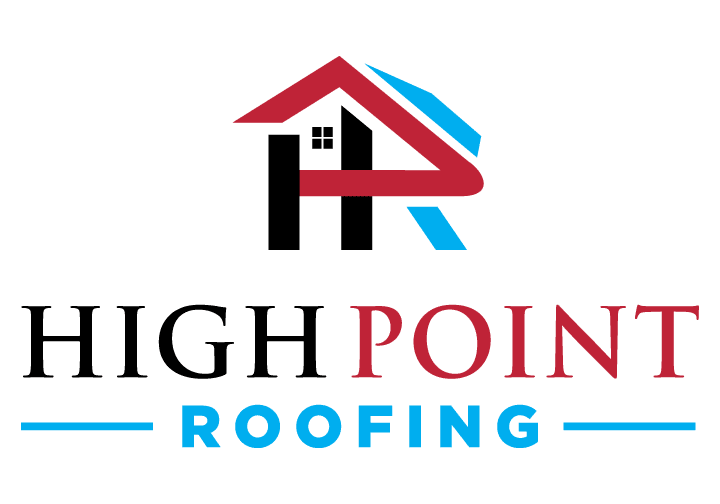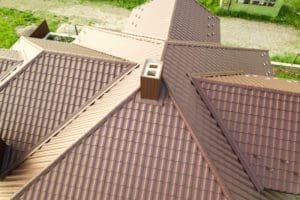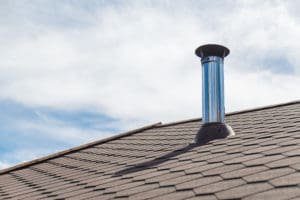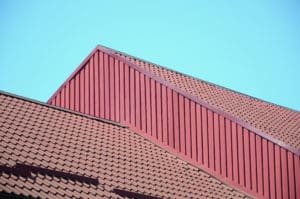7 Signs Your Home’s Siding Needs Repair or Replacement: Warning Signs to Keep in Mind
Your home’s siding serves as more than just an aesthetic feature; it’s a crucial guardian against the elements, safeguarding your property’s structural integrity. Over time, however, the relentless forces of weather, the passage of years, and the wear and tear of daily life can wear down your siding, potentially compromising its effectiveness. Recognizing the early warning signs that hint at your home’s siding needing repair or replacement is vital. By identifying these indicators promptly, you can proactively tackle issues and prevent further harm to your cherished abode. That’s why we will be going over 7 Signs Your home’s siding needs repair or replacement.
Understanding the Vital Role of Home Siding Siding, Your Home’s Protective Shield Siding stands as a resilient barrier between your home’s inner sanctum and the external world. It gallantly shields your residence from the relentless barrage of rain, snow, wind, and other elements that could otherwise wreak havoc. Furthermore, siding bolsters your home’s insulation, helping to maintain a comfortable temperature while enhancing energy efficiency. Beyond its protective prowess, well-maintained siding elevates your home’s curb appeal, thus increasing its overall value.
When it comes to safeguarding your dwelling, siding plays a pivotal role. It not only wards off the inclement elements but also acts as a frontline defender against unwelcome pests and insects. The robust materials used in siding construction pose a formidable challenge for pests, thwarting their intrusion and safeguarding your family from uninvited guests.
Moreover, siding is not merely a functional component of your home; it contributes significantly to its aesthetic charm. With an extensive palette of colors, textures, and styles at your disposal, you have the power to select siding that harmonizes with your home’s architectural identity and mirrors your personal style. Whether your heart leans towards a classic allure or a contemporary design, the choices are abundant, enabling you to personalize your home’s exterior according to your preferences.
Siding’s Role in Home Maintenance Home maintenance is more than just routine cleaning and upkeep. Your home’s siding plays an integral role in maintaining your property. It acts as a formidable bulwark, preventing moisture from permeating your walls and inducing structural damage. By nurturing and restoring your siding when needed, you can secure the stability and longevity of your home.
A primary benefit of siding is its ability to shield your home from water damage. Rain, snow, and even high humidity levels pose threats to your property’s structural integrity. Siding serves as a waterproof guardian, impeding water from seeping into your walls and precipitating mold, rot, or mildew. By keeping moisture at bay, siding fosters a healthful living environment for you and your loved ones.
In addition to its protective attributes, siding contributes substantially to your home’s overall energy efficiency. Insulated siding, in particular, can make a significant dent in heat loss during the winter and maintain a cooler indoor environment in the summer. This not only enhances your comfort but also leads to lower energy bills. By investing in quality siding and ensuring its meticulous maintenance, you can craft a more sustainable and cost-effective living space.
Why Regular Siding Inspections Are Crucial Routine inspection of your home’s siding is imperative to detect warning signs early on. Small issues, if left unaddressed, can rapidly snowball into more significant problems. In addition to visual assessments, it is prudent to engage a professional to conduct periodic inspections of your siding. Their trained eye can uncover issues that may elude the untrained observer and prescribe necessary repairs or replacements.
During a professional inspection, experts delve deep into your siding’s condition, meticulously scanning for signs of damage like cracks, warping, or loose panels. They also probe for indicators of moisture infiltration, a precursor to mold growth and structural maladies. By promptly tackling these problems, you can prevent further deterioration and sidestep the burden of costly repairs down the line.
Furthermore, regular siding inspections enable you to stay ahead of maintenance and ensure that your siding remains in optimal condition. Professionals can offer guidance on cleaning techniques, suitable products, and the frequency of maintenance needed to preserve the longevity and aesthetics of your siding. By heeding their counsel and adopting a regular maintenance regimen, you can prolong your siding’s lifespan and keep your home’s exterior looking resplendent for years to come.
Recognizing the Warning Signals Signal 1: Evident Damage or Warping One of the most conspicuous signs that your siding requires attention is visible damage or warping. Cracks, holes, or gaps in your siding can serve as entry points for moisture, inviting in rot, mold, and other structural ailments. If any segments of your siding appear marred or distorted, it is imperative to address them without delay.
Signal 2: Mold, Mildew, or Fungus Growth The presence of mold, mildew, or fungus on your siding is not just unsightly; it could also signify underlying damage. Moisture trapped behind your siding can foster the growth of these organisms. If you observe any signs of mold, mildew, or fungus on your siding, it is vital to investigate the root cause.
Signal 3: Peeling Paint or Loose Wallpaper Inside Your Home Peeling paint or loose wallpaper inside your home could be indicative of moisture infiltrating through your siding. When moisture breaches your walls, it can lead to paint bubbling, peeling, or discoloration. If you detect such interior signs, it is prudent to inspect your siding, unearth the source of the moisture, and take appropriate remedial measures.
Signal 4: Elevated Heating or Cooling Expenses An unexpected upswing in your heating or cooling bills might trace back to your siding. Damaged or deteriorating siding can compromise your home’s insulation, allowing drafts and air leakage. Consequently, your HVAC system must labor more vigorously to maintain a comfortable temperature, resulting in escalated energy consumption and inflated utility bills.
Signal 5: Bubbles in the Siding Moisture lurking behind your siding can give rise to unsightly bubbles on the surface. These bubbles are red flags, indicating a moisture issue and signaling that your siding is not serving its protective role effectively. Bubbles typically signify moisture infiltration, and promptly addressing this issue can prevent further harm.
Signal 6: Dry Rot Dry rot is a prevalent issue that can affect wood siding. It ensues when moisture infiltrates the wood, causing it to decay and lose its structural integrity. Should you detect any areas of your siding exhibiting signs of decay or crumbling upon touch, it is imperative to address the matter posthaste to thwart further deterioration.
Signal 7: Frequent Need for Repainting If you find yourself compelled to repaint your home’s exterior more often than usual, your siding may be the culprit. Worn or ailing siding can cause paint to chip, peel, or prematurely fade. By rectifying the underlying siding problems, you can curtail the frequency of repainting and economize on maintenance costs in the long run.
Weighing the Choices: Repair or Replacement Assessing the Extent of Damage When confronted with siding issues, it is imperative to gauge the extent of the damage before determining whether repair or replacement is in order. Superficial damage, such as minor cracks or localized rot, can often be rectified with repairs. However, if the damage is extensive or if multiple warning signs are apparent, replacement may prove to be the more cost-effective and enduring solution.
Considering the Age of Your Siding The age of your siding can also bear influence on the repair-versus-replacement decision. If your siding is approaching the end of its anticipated lifespan or displays significant signs of aging, replacement may be the wiser course of action. Modern siding options are fortified with enhanced durability and energy efficiency, conferring long-term benefits upon your home.
Factoring in the Cost In deciding between repair and replacement, it is incumbent upon you to weigh the cost implications. While repairs may appear more budget-friendly upfront, the cumulative expenses of recurrent repairs can accrue over time. Conversely, replacement may command a loftier initial investment but can ultimately translate into long-term savings by eliminating the need for incessant repairs. Seeking the counsel of a professional to evaluate the most cost-effective solution tailored to your specific circumstances is a judicious step.
In conclusion, being vigilant about the telltale signs that your home’s siding requires repair or replacement is pivotal to preserving your property’s integrity and worth so please keep these 7 signs your home’s siding needs repair or replacement in mind. Comprehending the role of siding in home maintenance, conducting periodic inspections, and promptly addressing issues are vital steps in forestalling further damage and sidestepping costly repairs. By gauging the extent of the damage, considering the age of your siding, and factoring in the cost, you can make an informed choice regarding the need for repair or replacement. Safeguard your investment and ensure your home’s enduring well-being by taking action at the earliest indications of trouble.





